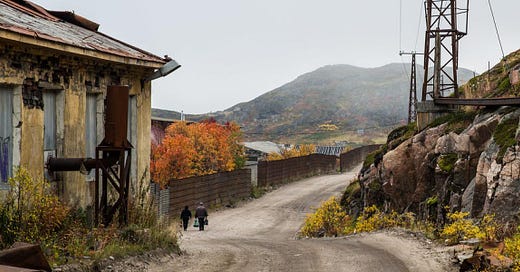Russia is Literally Dying Off
Russia is on track to lose at least 10 million people by 2050, and half its entire population by century's end.
EDITOR'S NOTE: As you know, our long-term projection for Russia is increasing decline, accelerating in the mid-2020s to the point of possible collapse by early mid-century. And this is no small part of the problem: the population of the Russian Federation is falling by 700 people a day, or more than a quarter of a million a year.
This is part of a global trend in the industrialized world (with the rest of the world not far behind), not toward the sort of overpopulation the left has used to stoke Malthusian fears and Socialist "solutions", but rather toward a depopluation unprecedented since before the Industrial Revolution, one which may disrupt the entire global order but in ways the left has not imagined. There are potential solutions, all rooted in the free market. But they are far from certain at this point.
As we've consistently reported, Japan and Germany are among the most severe cases, and the two countries are not only aware of their problems but taking very different approache…



